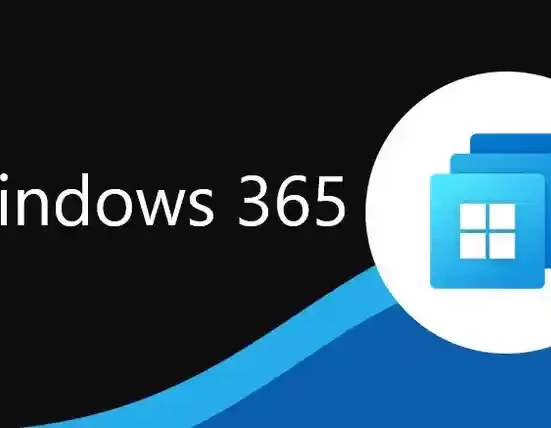Solar panels have become a popular and sustainable way to generate clean, renewable energy. When considering a solar panel installation, two critical factors that significantly affect their performance are the orientation (azimuth) and tilt angle. Properly positioning solar panels ensures that they capture the maximum amount of sunlight throughout the day, optimizing energy production. In this article, we will explore how the orientation and tilt angle of solar panels impact their performance and energy generation.
Orientation (Azimuth)
The orientation of solar panels refers to the direction they face, usually specified in terms of compass degrees. The primary consideration is whether the panels face south, as this direction typically receives the most sunlight in the Northern Hemisphere. In the Southern Hemisphere, north-facing panels are preferred. The four primary orientations are:
- South-facing (180 degrees): Solar panels facing due south receive maximum sunlight exposure during the day, making this orientation ideal for energy production.
- East-facing (90 degrees): Panels facing east capture morning sunlight, making them suitable for homes or businesses with higher energy consumption in the morning or those who wish to prioritize energy production during early daylight hours.
- West-facing (270 degrees): West-facing panels capture afternoon sunlight, which can be advantageous for properties with energy-intensive activities in the afternoon or evening.
- North-facing (0 or 360 degrees): Panels facing north receive the least amount of sunlight in the Northern Hemisphere and are generally not recommended for solar installations. In the Southern Hemisphere, north-facing panels are preferred.
Factors Affecting Orientation:
- Location: The ideal orientation of solar panels depends on your geographical location. For instance, in the United States, south-facing panels are recommended for most regions.
- Energy Consumption Patterns: Consider when you use the most electricity in your home or business. Aligning the orientation with your peak energy demand times can help maximize self-consumption.
- Financial Incentives: Some utility companies offer incentives or time-of-use billing plans that reward energy production during specific times of the day. The orientation can be adjusted to take advantage of these incentives.
Tilt Angle
The tilt angle of solar panels refers to the angle at which they are tilted or tilted from horizontal. The tilt angle affects how well solar panels capture sunlight at different times of the day and year. The optimal tilt angle varies depending on your location and can significantly impact energy production.
Factors Affecting Tilt Angle:
- Latitude: The optimal tilt angle is often roughly equal to your geographical latitude. For example, if you live near the equator, a shallower tilt angle (closer to horizontal) may be suitable. In contrast, regions farther from the equator benefit from steeper tilt angles.
- Seasonal Considerations: Adjusting the tilt angle seasonally can help optimize energy production. For instance, in winter, tilting solar panels to a steeper angle can capture more sunlight when the sun is lower in the sky, while a flatter angle in summer can prevent overheating.
- Fixed vs. Tracking Systems: Fixed-tilt solar systems have a constant tilt angle, while tracking systems can follow the sun’s path throughout the day, continuously adjusting the panel’s tilt and orientation for maximum energy capture. Tracking systems are more complex and expensive but can significantly increase energy production.
Impact of Orientation and Tilt on Solar Panel Performance:
- Energy Production: The orientation and tilt angle of solar panels directly affect their energy production. Panels facing the optimal direction and tilted at the right angle can generate more electricity throughout the day and year.
- Efficiency: Properly oriented and tilted panels operate at their highest efficiency, converting a greater percentage of sunlight into electricity. This can lead to increased energy yields and better ROI on your solar investment.
- Seasonal Variations: By adjusting the tilt angle seasonally, you can account for the sun’s changing position in the sky, ensuring that your panels capture the most sunlight during different times of the year. This is particularly beneficial in regions with distinct seasons.
- Self-Consumption: Aligning your solar panel system with your energy consumption patterns can maximize self-consumption, allowing you to use more of the electricity you generate and reduce your reliance on grid power.
- Financial Savings: Proper orientation and tilt angle can lead to significant financial savings by reducing your electricity bills. Additionally, higher energy production may result in surplus energy that can be sold back to the grid or stored for later use.
- Environmental Benefits: Maximizing energy production from solar panels contributes to a reduction in greenhouse gas emissions, supporting a more sustainable and environmentally friendly energy source.
Tools and Resources for Determining Orientation and Tilt Angle:
- Solar Angle Calculators: Numerous online tools and calculators are available to help you determine the optimal orientation and tilt angle for your specific location. These calculators take into account factors such as latitude, local climate, and energy goals.
- Consulting Solar Professionals: Solar installers and professionals have experience in assessing and optimizing the orientation and tilt of solar panels. They can provide valuable insights and recommendations based on your property’s characteristics.
- Solar Tracking Systems: If you’re looking to maximize energy production, consider solar tracking systems that automatically adjust the orientation and tilt of your panels to follow the sun’s path throughout the day. These systems require additional investment but offer enhanced energy capture.
Conclusion
The orientation and tilt angle of solar panels play a pivotal role in their performance and energy generation. Properly aligning your panels with the sun’s path can significantly impact energy production, financial savings, and environmental benefits. When considering a solar installation, take the time to assess your property’s location, energy consumption patterns, and goals to determine the optimal orientation and tilt angle. Whether you prioritize self-consumption, financial savings, or environmental sustainability, the right positioning of your solar panels can help you make the most of this clean and renewable energy source.




